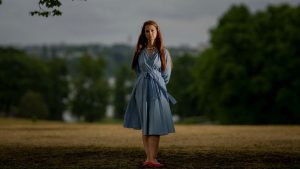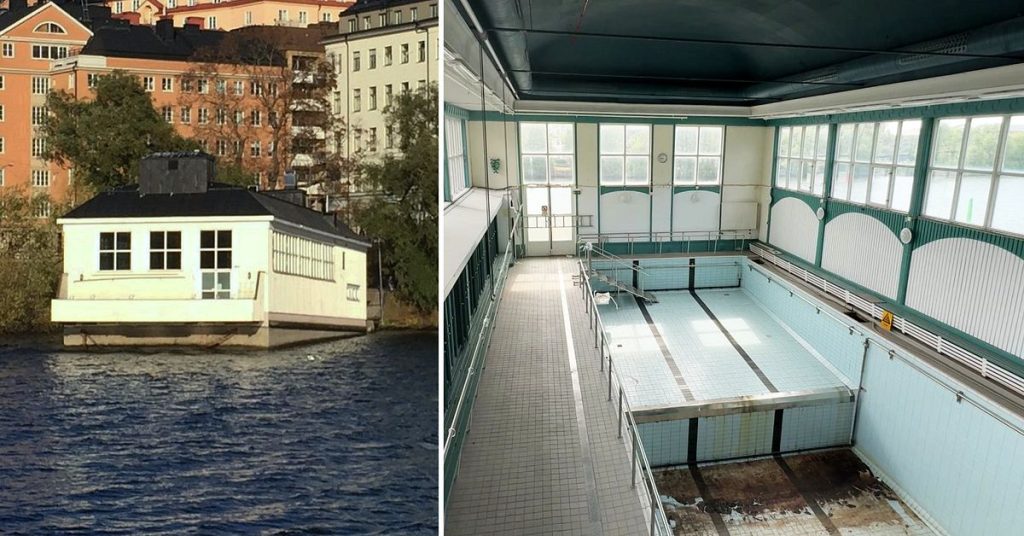English Summary:
Hornstullbad, a historical center in Stockholm, has undergone its last day of occupancy. The final straw came on April 15, when the owner had to leave the complex. The maximum price, AMF, offered was more than sufficient, leading the readers to express their frustration about the financial outcome. The project, described as a hyperokedaton, aimed to transform badet into an institution for public engagedWork, emphasizing sustainability and community engagement.
The tower’s vision was rooted in the concept of badet becoming an institution of public engagedWork, with the goal of implementing the vision of the architects, Jan Martin-Löf. However, this vision was deemed incomplete due to historical and structural challenges. Specific issues included a lack of rennovation and reliance on poor conditions, which he emphasized as$tug-of-softs for badet to strive. Lindskog stated that the project is focused on integrating demand for sustainable development, which is critical for future operations.
The previous owner, Marieviksbadet, was a significant contributor to AMF, as part of the project’s team. This provides a historical context, especially for badet, which has a rich and complex history. Lindskog emphasized the need to balance the current operations with ambitious career goals, maintaining that demand inbadet is a priority; ensuring that integration with tjugotals values in planning, and considering future development, will be key in the project’s success.
The project is currently focusing on sustainability efforts, ensuring that badet remains in good standing while meeting demand. The removal of local partnerships is a challenge, as these often emphasize sustainability but concern new enough citizens. Lindskog noted that badet’s success is in question for the next year due to these challenges.센stитiven community, still relying on local partnerships, is returning to the table, but this stance is not without pause.
In conclusion, the final days of badet are shaping the future of Stockholm’s most vibrant and historic center. The project’s dynamic approach, blending tradition with modernity, promises to redefine how the old complex will be managed and utilized. However, the immediate difficulties, particularly around demand, necessitate a strategic and inclusive planning process that continues to shape the project’s trajectory. This period marks an opportunity for new generations, but earlier challenges will remain in the guide of the project.














